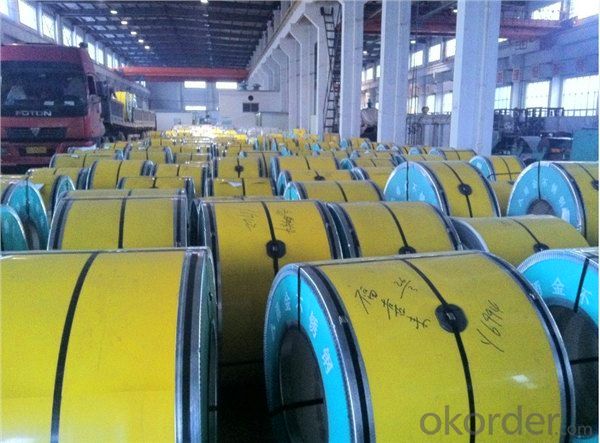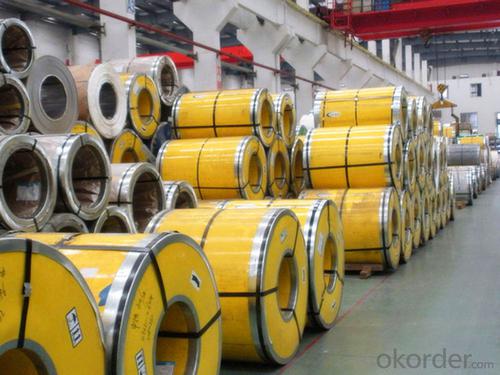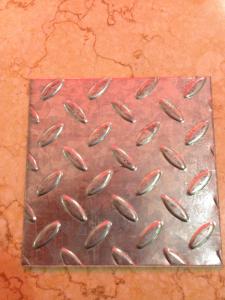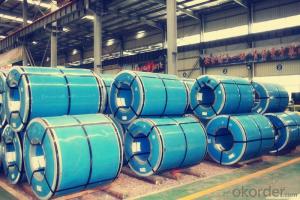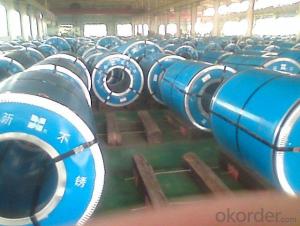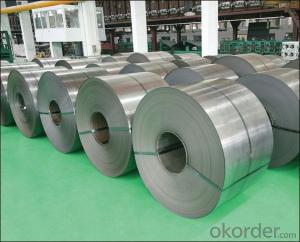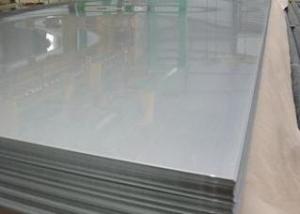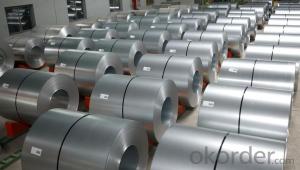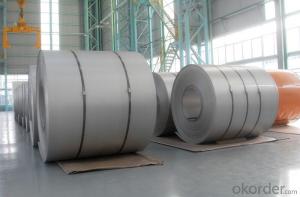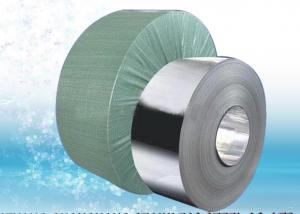Stainless Steel Coil and Sheet 304 Hot Rolled Cold Rolled High Quality
- Loading Port:
- China main port
- Payment Terms:
- TT OR LC
- Min Order Qty:
- 20 m.t.
- Supply Capability:
- 4000 m.t./month
OKorder Service Pledge
OKorder Financial Service
You Might Also Like
CHINA GOOD COLD ROLLED STAINLESS STEEL COIL AND SHEET 304
Product Details:
CR Stainless Steel Coil 304 | |
1.Standard : | JIS AISI ASTM |
2.Thickness : | 0.3-3.0mm |
3.Width: | 100-1500mm |
4.Length: | Depend on the weight |
5.MOQ: | 20ton |
6.Main Application | Building, decoration, tableware, kitchen, industrial, auto parts, etc. |
7.Third part inspection | buyer should pay for it if any |
8.Delivery Time : | within 10 days after the advance payment |
9.Packaging Detail : | Seaworthy packages or as the customers’ requirements |
Surface Treatment
2B | The surface brightness and flatness of 2B is better than 2D. Then through a special surface treatment to improve its mechanical properties, 2B could nearly satisfy comprehensive uses. |
NO.3 | Polished with abrasive belt of git#100#200,have better brightness with discontinuous coarse strait, used as inner and external ornaments for building, electrical appliances and kitchen utensils etc. |
NO.4 | Polished with abrasive belt of grit#150#180,have better brightness with discontinuous coarse stria, but thinner than NO.3, are used as bathtub buildings inner and external ornaments electrical appliances kitchen utensils and food processing equipment etc |
HL | Polished with abrasive belt of grit#150#320 on the NO.4 finish and has continuous streaks, mainly used as buildings ornaments elevators, door of building, frontal plate etc. |
BA | Cold rolled, bright annealed and skin-passed, the product have excellent brightness and good reflexivity like mirror, kitchen apparatus, ornament etc |
8K | The product have excellent brightness and prefer reflexivity can |
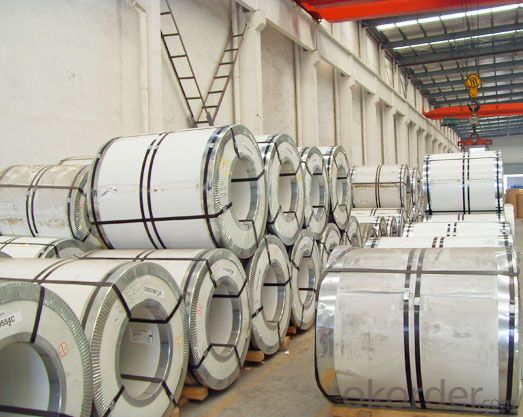
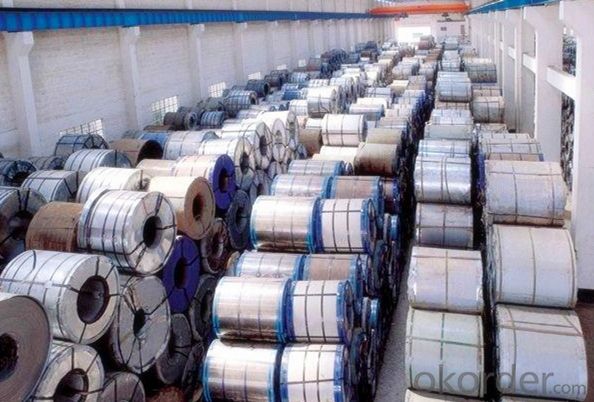
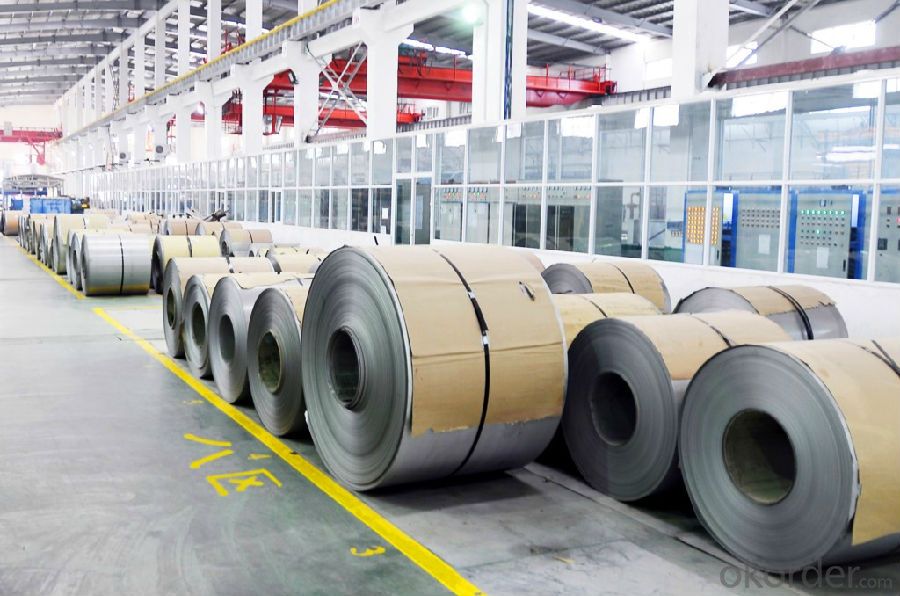
- Q: Can stainless steel strips be used in chemical processing plants?
- Yes, stainless steel strips can be used in chemical processing plants. Stainless steel is highly resistant to corrosion, making it suitable for handling various chemicals and corrosive substances in such environments. Its durability, strength, and hygienic properties make it an ideal choice for applications in chemical processing plants.
- Q: Can stainless steel strips be used for automotive fasteners?
- Yes, stainless steel strips can be used for automotive fasteners. Stainless steel is a popular choice for automotive fasteners due to its high strength, corrosion resistance, and durability. It is able to withstand harsh environmental conditions and is less prone to rust and corrosion compared to other materials like carbon steel. Stainless steel strips can be formed into various shapes and sizes to meet the specific requirements of automotive fasteners, such as bolts, screws, nuts, and washers. Additionally, stainless steel fasteners provide an aesthetically pleasing finish and are often used in visible applications. Overall, stainless steel strips are a reliable and versatile choice for automotive fasteners.
- Q: Are stainless steel strips resistant to chloride stress corrosion cracking?
- Yes, stainless steel strips are generally resistant to chloride stress corrosion cracking due to the high levels of chromium and nickel present in the alloy, which provide excellent resistance to corrosive environments containing chlorides.
- Q: What are the common uses of stainless steel strips in the pharmaceutical manufacturing process?
- The unique properties and characteristics of stainless steel strips make them crucial in the pharmaceutical manufacturing process. Here are some common ways in which stainless steel strips are used in pharmaceutical manufacturing: 1. Fabricating equipment: Stainless steel strips are extensively used to fabricate various pharmaceutical equipment such as mixing tanks, storage tanks, reactors, and piping systems. The corrosion resistance and hygienic properties of stainless steel make it perfect for maintaining a sterile environment and preventing contamination during manufacturing. 2. Packaging: Stainless steel strips are commonly used to manufacture pharmaceutical packaging materials like vials, ampoules, and syringes. The strength and durability of stainless steel strips ensure the protection and integrity of pharmaceutical products, particularly those sensitive to external factors like moisture and temperature. 3. Construction of cleanrooms: Stainless steel strips are used in constructing cleanrooms, which are critical for pharmaceutical manufacturing. These strips are used to create partition walls, flooring, and ceilings, providing a sterile and controlled environment for producing pharmaceutical products. 4. Conveyors and material handling systems: Stainless steel strips are used in constructing conveyors and material handling systems used in pharmaceutical manufacturing. These strips provide the necessary strength and resistance to chemicals and wear, ensuring the smooth and efficient movement of materials throughout the production process. 5. Filtration systems: Stainless steel strips are used to fabricate filtration systems such as filter housings and filter cartridges. The anti-corrosive properties of stainless steel allow these filtration systems to effectively remove impurities, contaminants, and particles from pharmaceutical fluids and solutions. 6. Heat exchangers: Stainless steel strips are used in constructing heat exchangers, which are essential for various pharmaceutical processes like sterilization, cooling, and heating. The excellent thermal conductivity of stainless steel enables efficient heat transfer, ensuring precise temperature control during the manufacturing process. Overall, stainless steel strips are indispensable in the pharmaceutical manufacturing process due to their corrosion resistance, durability, cleanliness, and ability to maintain a sterile environment. Their applications range from equipment fabrication to packaging, cleanroom construction, filtration, material handling, and heat exchange, playing a vital role in ensuring the quality and safety of pharmaceutical products.
- Q: Can 111 stainless steel strips be coated with protective films?
- Yes, 111 stainless steel strips can be coated with protective films. Protective films are commonly used to prevent scratches, stains, and corrosion on metal surfaces. The coating process involves applying a thin layer of protective film onto the stainless steel strips, which provides an additional barrier and enhances their durability. The films are typically made from materials like polyethylene or polyvinyl chloride and can be transparent or colored. Coating stainless steel strips with protective films helps maintain their pristine appearance and prolong their lifespan in various applications, such as manufacturing, construction, and transportation industries.
- Q: What is the flexibility of stainless steel strips?
- The flexibility of stainless steel strips can vary depending on the specific grade and thickness of the strip. Generally, stainless steel is known for its high strength and rigidity, but it can still exhibit a certain level of flexibility. Thinner stainless steel strips tend to be more flexible compared to thicker ones, allowing them to be bent or shaped to a certain extent without breaking or cracking. However, it is important to note that stainless steel is not as flexible as other materials like aluminum or certain types of plastics. Nonetheless, stainless steel strips can still be formed, bent, or manipulated to meet specific design or functional requirements, making them a versatile choice for various applications.
- Q: What are the different types of surface patterns for stainless steel strips?
- There are several different types of surface patterns that can be applied to stainless steel strips, depending on the desired aesthetic and functional characteristics. Some common types of surface patterns for stainless steel strips include: 1. Brushed Finish: This is one of the most popular surface patterns for stainless steel strips. It is achieved by brushing the surface of the steel with a fine abrasive material, which creates a consistent linear pattern. Brushed finish provides a smooth and elegant appearance, while also minimizing the visibility of scratches and fingerprints. 2. Mirror Finish: As the name suggests, mirror finish creates a highly reflective and shiny surface on stainless steel strips. It involves polishing the surface to a high degree of smoothness, resulting in a mirror-like appearance. Mirror finish is often used in applications where appearance is important, such as architectural and decorative elements. 3. Embossed Pattern: Embossed patterns are created by pressing or rolling stainless steel strips through a patterned roller. This process creates raised designs or textures on the surface, enhancing the visual appeal and adding a touch of uniqueness to the strips. Embossed patterns can range from simple geometric shapes to intricate designs. 4. Perforated Pattern: Perforated stainless steel strips feature a series of small holes or perforations evenly distributed across the surface. This pattern not only adds visual interest but also offers functional benefits, such as improved ventilation, light diffusion, and acoustic properties. Perforated stainless steel strips are commonly used in architectural and industrial applications. 5. Diamond Pattern: Diamond pattern is a type of raised pattern that resembles a series of small diamonds. It is achieved by embossing the stainless steel strips with a diamond-shaped pattern. This pattern provides excellent slip resistance, making it ideal for applications where a non-slip surface is required, such as walkways, stairs, and industrial flooring. 6. Linen Pattern: Linen pattern creates a textured surface on stainless steel strips that resembles the look and feel of linen fabric. It is achieved by rolling the strips through a patterned roller, which imparts a subtle linear texture. Linen pattern adds visual interest and can help to hide minor surface imperfections. These are just a few examples of the different types of surface patterns that can be applied to stainless steel strips. Each pattern offers unique characteristics and advantages, allowing for a wide range of applications in various industries and settings.
- Q: Can stainless steel strips be used in architectural façade systems?
- Yes, stainless steel strips can be used in architectural façade systems. Stainless steel is a popular choice for architectural applications due to its durability, corrosion resistance, and aesthetic appeal. It can be used as cladding or decorative elements in façade systems, providing a sleek and modern appearance to buildings.
- Q: Can stainless steel strips be used in the automotive exhaust system?
- Indeed, the utilization of stainless steel strips is possible within the automotive exhaust system. Given its exceptional resistance to corrosion, high temperature strength, and durability, stainless steel stands as a favored material for exhaust systems. Utilizing stainless steel strips, one can fashion an array of exhaust system components, such as pipes, mufflers, and catalytic converters. These strips are capable of withstanding the harsh conditions inherent in the exhaust system, including elevated temperatures, moisture exposure, and the presence of corrosive gases. Moreover, stainless steel provides commendable aesthetics and can be effortlessly formed and welded, thus rendering it a versatile material for automotive exhaust systems.
- Q: Are stainless steel strips suitable for decorative purposes?
- Yes, stainless steel strips are suitable for decorative purposes. Stainless steel is known for its sleek and modern appearance, making it a popular choice for various decorative applications. It has a shiny and reflective surface that adds a touch of elegance to any space. Stainless steel strips can be used to create decorative accents such as trim, borders, or even custom designs on walls, furniture, or appliances. Its durability and resistance to corrosion make it a long-lasting option for both indoor and outdoor use. Additionally, stainless steel is easy to clean and maintain, ensuring that its decorative qualities remain intact over time. Overall, stainless steel strips are a versatile and aesthetically pleasing choice for decorative purposes.
Send your message to us
Stainless Steel Coil and Sheet 304 Hot Rolled Cold Rolled High Quality
- Loading Port:
- China main port
- Payment Terms:
- TT OR LC
- Min Order Qty:
- 20 m.t.
- Supply Capability:
- 4000 m.t./month
OKorder Service Pledge
OKorder Financial Service
Similar products
Hot products
Hot Searches
Related keywords





